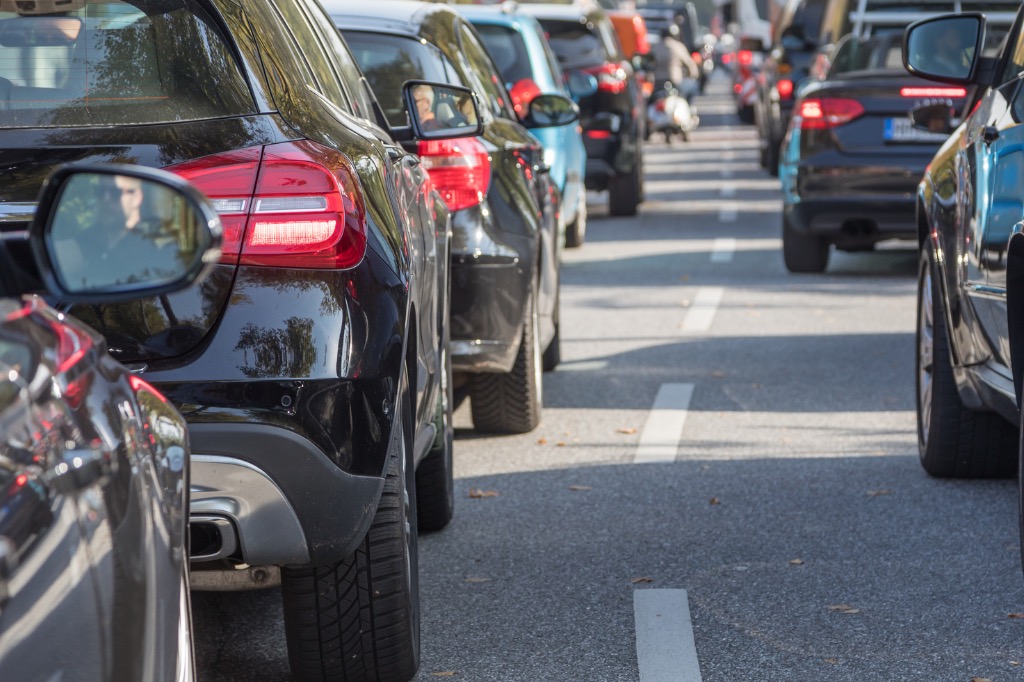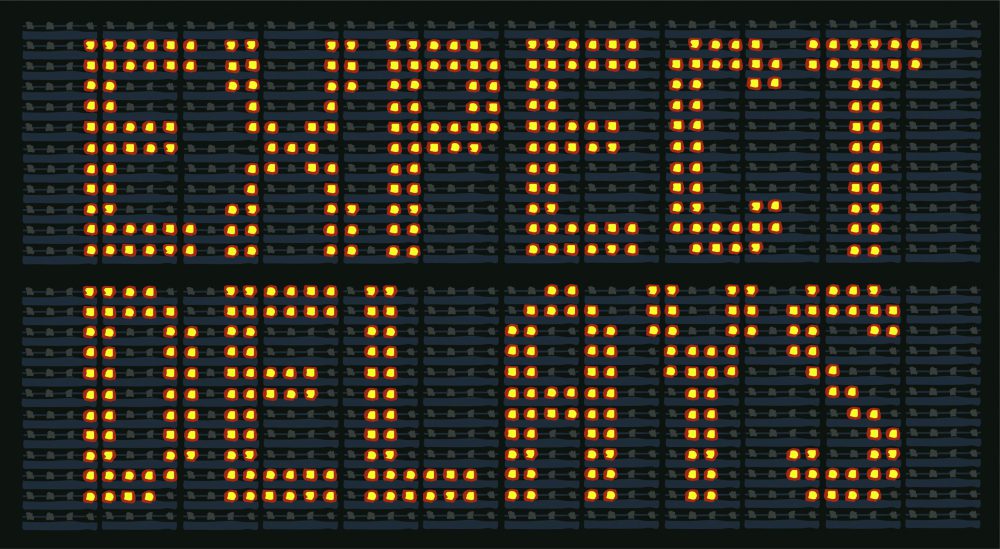ADVICE YOU CAN USE
Embrace the Zipper Merge
It might seem impolite, but this move actually reduces work-zone congestion.

Faced with highway lane closures, most motorists slow down and change lanes before they need to. The “zipper merge” allows drivers to utilize both lanes as long as possible before orderly merging into a single lane.
Maybe this sounds familiar: You’re cruising along the highway and see signs indicating road construction ahead. As a result, your lane will eventually merge into another. You take the first opportunity to switch lanes and spend the next mile or two inching along with other courteous drivers.
As you near the final merge point, you notice in your side mirror a fast-moving car approaching from behind. You ask yourself, “What’s this, a line cutter?” Sure enough, the driver waits until the last possible moment to merge, bypassing much of the congestion. How rude can people be?
Don’t judge too quickly. Research shows the move you just witnessed helps reduce the length of construction zone traffic backups. More importantly, decreasing sudden and frequent lane changes reduces vehicular accidents and agitation between early and late mergers.
The Zipper Merge
The traditional lane-merging style is known as the “early merge.” When a lane-closure warning appears, drivers in the closing lane slow down prematurely and begin trying to move into the one remaining open through the construction zone. Relying on other motorists to let you merge in front of them can lead to backups and lengthy unused portions of the closed lane. The resulting traffic queue can extend for miles.
But a Minnesota Department of Transportation study found it more efficient for motorists to utilize both lanes of traffic until reaching the defined merge area, then join in a zipper-like fashion into one lane. The so-called “zipper merge” offers several traffic and safety advantages.
First, maintaining multiple lanes reduces the difference in traffic speeds between two lanes as long as possible. With traffic traveling at approximately the same rate, drivers have less reason to change lanes.
Next, Minnesota DOT witnessed reductions in overall traffic backup lengths of 40-50 percent. Finally, with lanes traveling at similar speeds, everyone shares equally in the congestion, and road rage diminishes.
A New Mindset
Most new drivers learn to observe traffic signs—and that merging as soon as knowing which lane is closed ahead represents proper manners. As a result, adopting the zipper merge in congested traffic conditions may cause many people to experience mental conflicts between etiquette and science.
Widespread in European countries for decades, zipper merging is just catching on in the United States. Many states, including Minnesota, Kansas, Missouri, Washington, and Arizona, run advertising campaigns promoting zipper merging. Some states, such as Utah and Illinois, are making it law. Ohio posts “Use Both Lanes” and “Take Turns Merging” road signs to encourage the practice.
If you’re still on the fence, experts suggest letting safety be your guide. In heavy and slow traffic conditions, remaining in your current lane is generally safer until you can make an orderly zipper merge. But it’s better to merge early in off-peak periods when vehicles already maintain highway speeds.
Lane closures are an unavoidable—but planned-for—element of road construction and repair. When traffic volume exceeds work-zone lane capacity, long backups can form, surprising approaching drivers and causing accidents. Research indicates that early merging is only effective when traffic is light. But on congested roadways, the zipper merge proves to be a better approach.
The zipper merge prompts drivers facing lane closures to work together to reduce congestion, shorten travel times, and increase safety.


